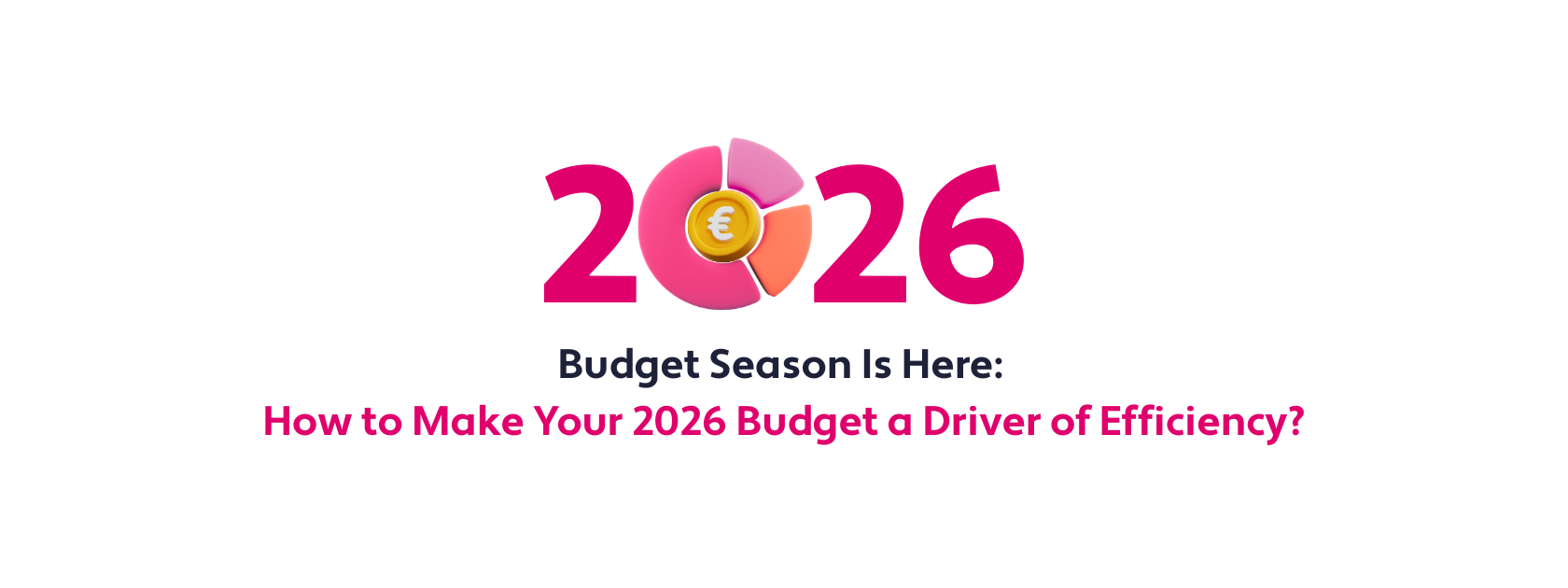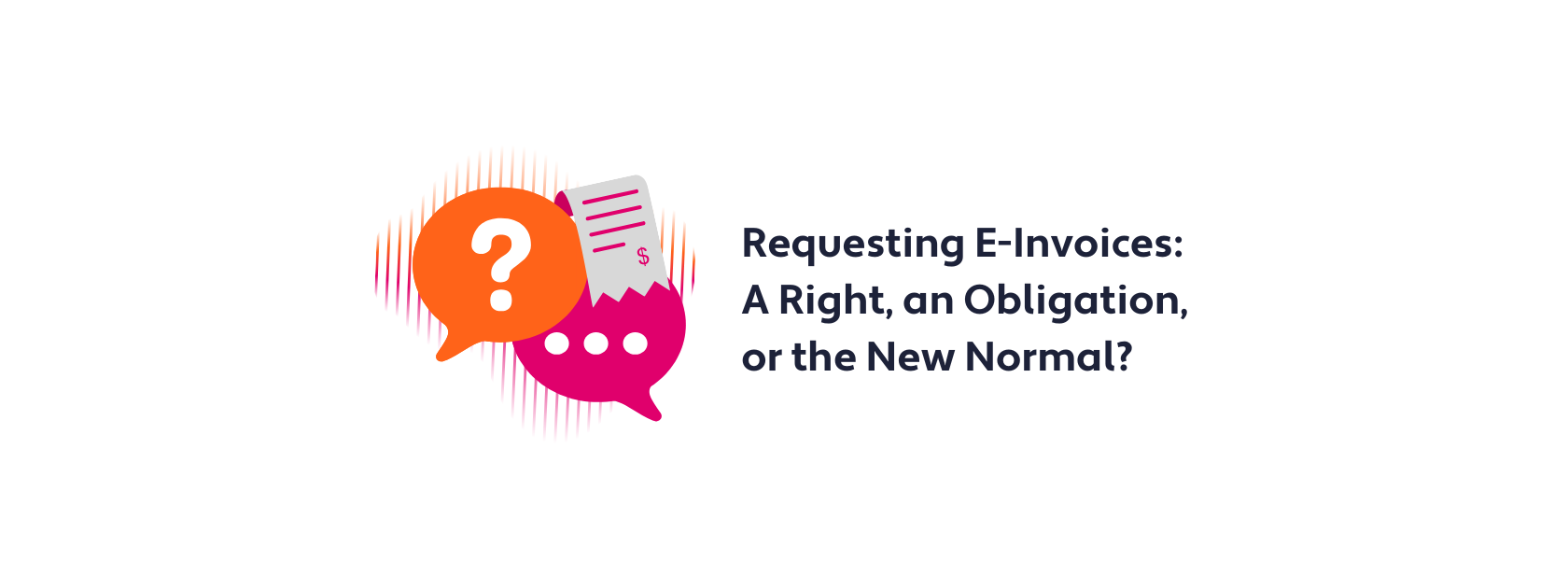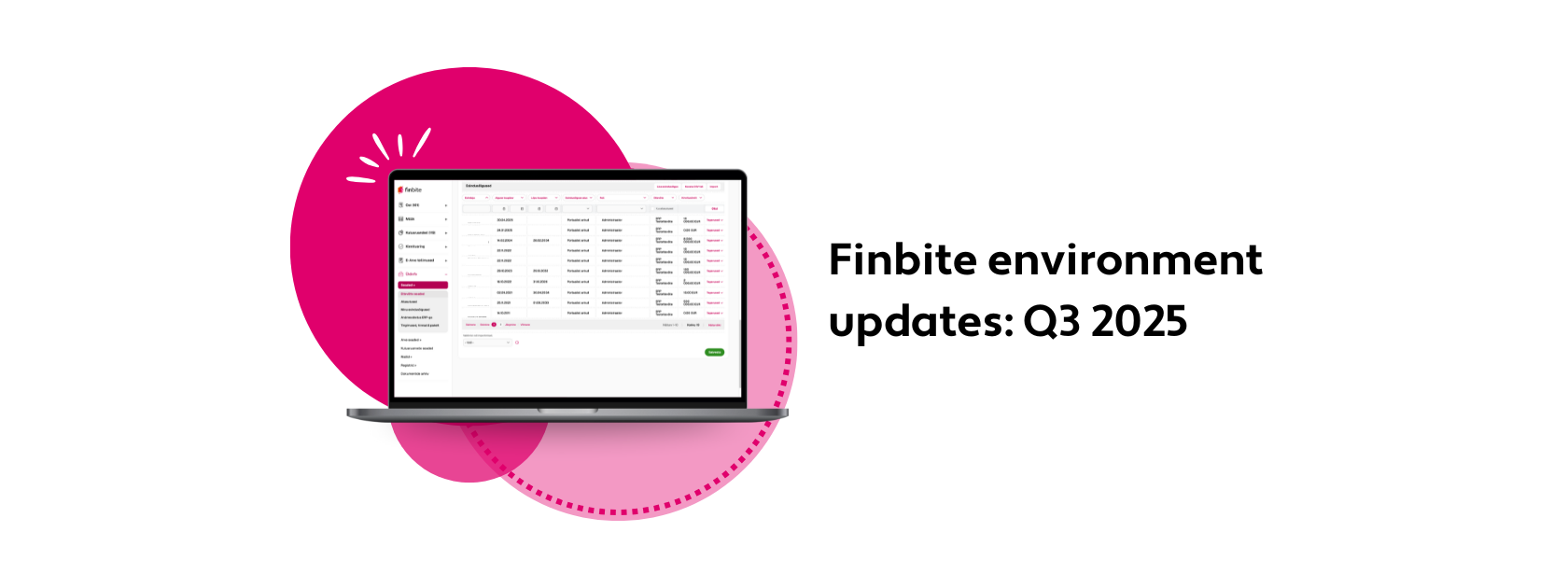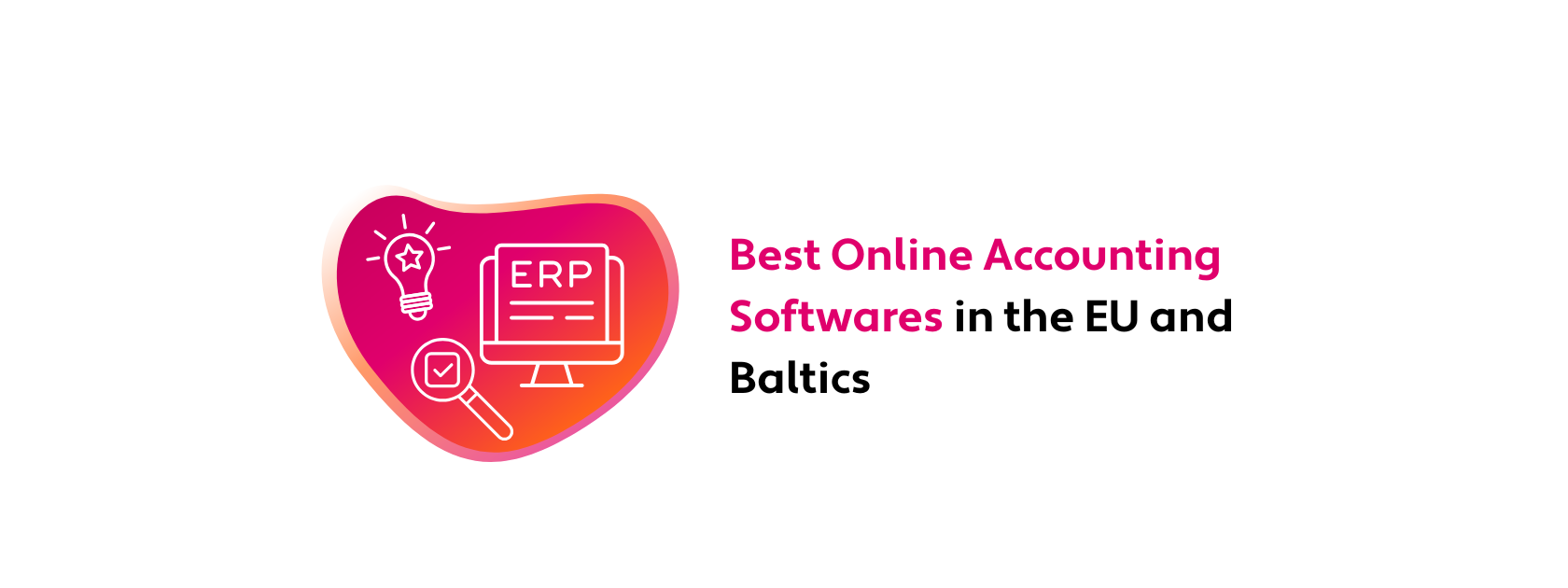
As the budgeting season approaches, business leaders and finance teams are once again defining priorities for the coming year. The central question remains the same: which investments and initiatives will drive growth and improve efficiency in 2026?
In this article
- Why Efficiency Belongs at the Core of Your Budget and Strategy
- Why Now Is the Right Time to Move to E-Invoicing
- Digitizing PDF Invoices: A Practical Step Toward Automation
- Mobile Expense Reporting: Efficiency on Every Level
- Digital Approval Workflows: Transparent and Controlled Processes
- Automatic Cost Allocation: Small Step, Big Impact
- How Financial Automation Strengthens Company-Wide Efficiency
- Make Your 2026 Budget a Tool for Achieving Your Goals
Across the Baltics and Europe, economic growth forecasts remain modest, while inflation and labor costs climb higher. In this environment, companies must find ways to achieve more with the same resources. Efficiency is no longer just a goal — it’s a competitive strategy. Less wasted time, lower costs, and smarter workflows can determine whether a business thrives or falls behind.
That’s why the budget should serve as a strategic tool – one that supports both your goals and your direction. If your aim is to increase efficiency and reduce manual work, then your budget should include investments in solutions that make that happen.
Why Efficiency Belongs at the Core of Your Budget and Strategy
Efficiency isn’t just about cutting costs. It’s about ensuring your people, systems, and processes work intelligently together. Every step should add value rather than waste time. This leads to clearer oversight for management, more time for accountants, and smoother workflows across the entire organization.
When building your 2026 budget, consider investments that accelerate processes and improve transparency – such as invoice automation, e-invoicing, and digital approval workflows. These initiatives don’t just reduce costs; they strengthen competitiveness and business agility.
Yet, many organizations still underestimate how deeply invoice management impacts overall productivity.
- Slow approval cycles delay payments and disrupt cash flow.
- Manual data entry increases the risk of errors and fixes take time.
- Limited visibility into costs hinders accurate planning and decision-making.
Automating financial workflows frees up time, creates transparency, and gives leaders the control they need to make faster, smarter decisions.
Why Now Is the Right Time to Move to E-Invoicing
E-invoices are becoming the new standard across Europe — replacing manual and time-consuming PDF processing. They move directly between business systems, securely and automatically, without any manual data entry.
Key reasons to adopt e-invoicing before 2026
- Regulatory developments
Both Estonia and the EU are moving toward mandatory e-invoicing in B2B transactions. From July 2025, all Estonian companies will have the right to request e-invoices from their partners. The EU plans a full transition to e-invoicing by 2030. Early adoption gives your business a clear compliance and efficiency advantage. - Streamlined workflows
Invoice data flows automatically from the seller’s accounting system to the buyer’s — no emails, no manual input. - Faster processing and payments
Invoices move instantly between partners, enabling quicker approvals and payments. - Transparency and traceability
All invoices (PDFs, e-invoices, expense reports, and receipts) are stored in a single system with automated approval and archiving.
Budgeting season is the ideal time to plan your e-invoicing rollout. Aligning timelines, resources, and process changes with the start of the new fiscal year can be crucial.
Digitizing PDF Invoices: A Practical Step Toward Automation
For companies not yet ready for full e-invoicing, digitizing PDF invoices offers a powerful middle ground. Manual data entry remains one of the biggest time-wasters in accounting.
Finbite’s intelligent PDF invoice digitization solution automatically reads and extracts invoice data, transferring it directly into the accounting system. A combination of machine learning and human verification ensures top-level accuracy.
This means:
- Significantly less manual data entry
- Fewer errors needing to be fixed
- Automated processing similar to e-invoices
- Faster closings and more reliable financial data
Automated data processing frees accountants and finance teams from low-value manual tasks, giving them more time for analysis and strategic work.
Mobile Expense Reporting: Efficiency on Every Level
Efficiency doesn’t stop at the office. Employees often need to submit receipts for business expenses or reimbursements. Finbite’s mobile app lets them capture and submit receipts and expense reports instantly — right from their phone.
No more paper receipts, lost slips, or manual data entry. Everything is stored securely and transmitted directly to the accounting system.
The result:
- Real-time visibility for accountants
- Expense reimbursements processed up to 6× faster
- Digital archiving of receipts, no loss or damage
- Manager approval before payment execution
Because expense reporting involves employees across the organization, digital tools like these enhance not only financial efficiency but also overall employee satisfaction.
Digital Approval Workflows: Transparent and Controlled Processes
Manual approval flows via email or on paper are slow and unreliable. Delays in approvals and confirmations often hold up invoice payments, creating unnecessary stress for accounting teams.
A digital and automated approval workflow ensures each invoice reaches the right person immediately, tracks every action, and sends automatic reminders for overdue approvals. You can also set approval hierarchies, limits, and rules for added control and security.
Key benefits for 2026 and beyond:
- One-click approvals via email or mobile
- Faster approval cycles with automated reminders
- Full audit trail and accountability
- Reduced manual follow-ups
- Flexible setup to match company structure
Finbite’s automated confirmation circle solution gives companies a fast, secure, and transparent process that saves valuable time and resources.
Automatic Cost Allocation: Small Step, Big Impact
Recurring invoices from the same vendors are common. Finbite’s smart templates recognize patterns and automatically assign the correct cost accounts.
The impact is substantial:
- Less manual correction
- Consistent, accurate data
- Faster bookkeeping and fewer errors
Automated allocation creates the foundation for more precise financial management and forecasting.
How Financial Automation Strengthens Company-Wide Efficiency
Invoice automation is not just an accounting concern — it impacts nearly every employee and department.
When invoices flow seamlessly and data is accurate:
- Accountants save hours of manual work
- Managers gain real-time cost visibility
- Employees can approve invoices and submit expenses on the go
- The business saves time and operational costs
Efficient financial processes fuel overall company growth — turning finance from a support function into a strategic advantage.
Make Your 2026 Budget a Tool for Achieving Your Goals
As you plan next year’s budget, ask yourself: does it truly support your company’s strategic objectives?
If your goals are growth and efficiency, your budget should reflect that through investments in long-term value creation.
Finbite’s digital solutions, including e-invoicing, PDF digitization, mobile expense reporting, automated approval workflows, and smart cost allocation, help companies make financial processes seamless, intelligent, and strategic.
These are not just tools for accountants they’re enablers of smarter business.





